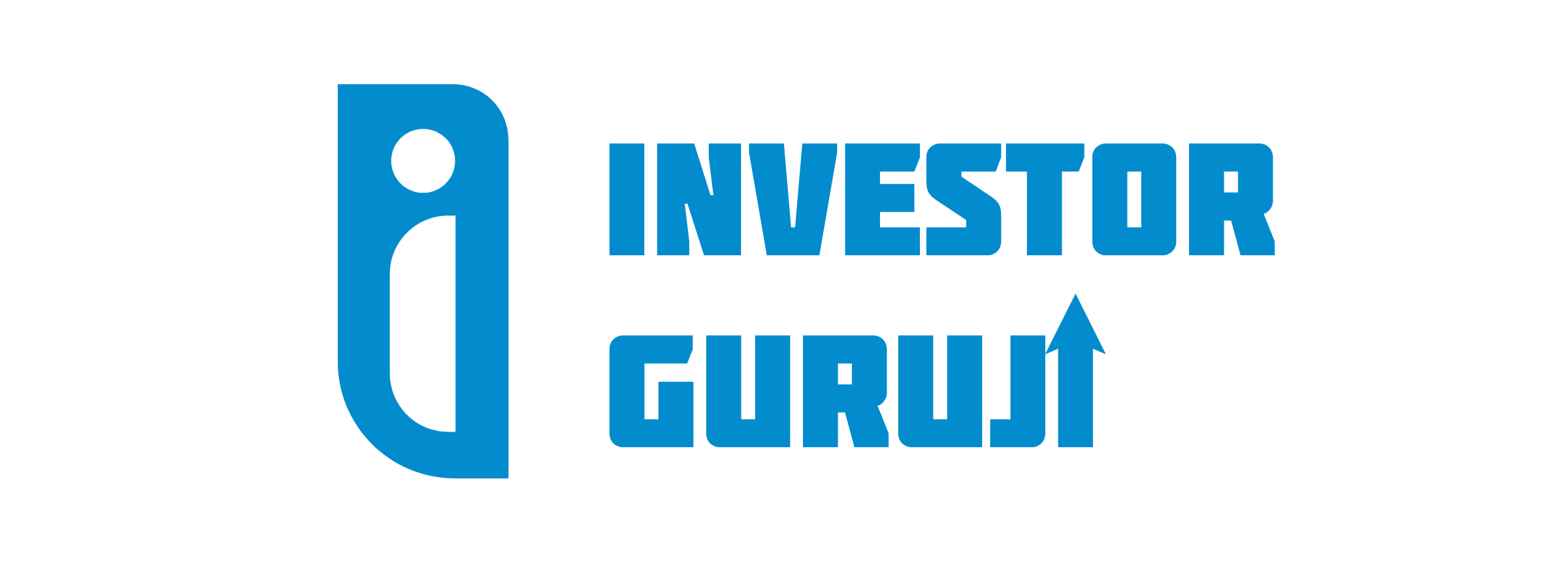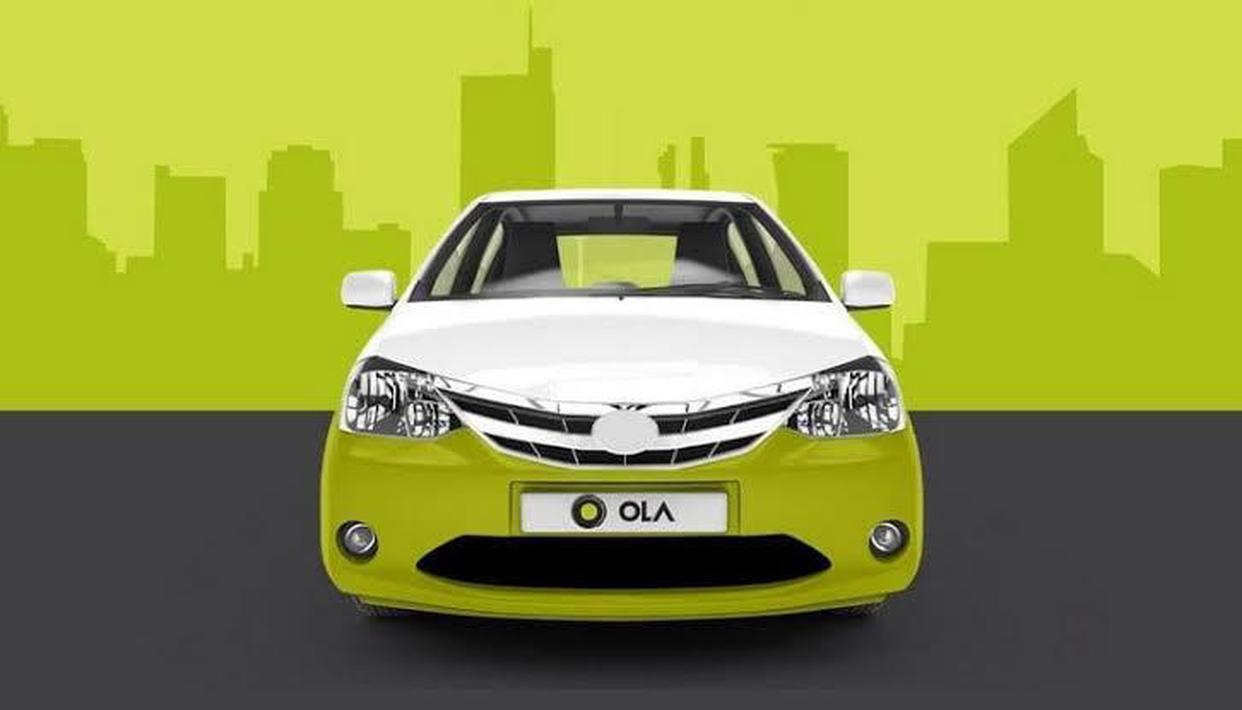In India, for a very small segment of the population, the health system was, at its best, a mix of semi-aid and an assortment of highly commercialized routes. In the 80s, there was some semblance of government concern for health. There was also an adjunct disposal of profit-which did not outweigh the assistance for their clients. The organised sector possesses some degree of attachment to welfare efforts. Explore the best healthcare stocks in India for 2025, including top pharma, hospital, and insurance companies poised for growth.
Since the declaration of these new policies, the state of health insurance in India has seen an improvement-benefits paid to clients are agreeable and compensations are delivered promptly. As such, in terms of health insurance, it must be above all else regarded in relation to the political agenda of the highest leadership for seeing to give excellence to its rendering to the entire populace. Discover the top healthcare stocks with high growth potential in India 2025.
In the future of health insurance in India, this imperative points towards the emergence of two portals for the satisfyingly innovative spirit of India’s life insurance to move into. First, as the defined benefit approach gets penetrated in the economy, few will be offering health insurance merely as a price reduction for a more comprehensive array of services: depends as it is on the free entry of the populace to hospital safety services. Check out the best-performing pharma, diagnostics, and healthcare insurance stocks in India for 2025.
The Health Insurance System in India- The Overview
Get expert insights on the top healthcare stocks in India for 2025 and maximize your investment in the booming sector. The healthcare system in India has, in recent years, witnessed phenomenal growth owing to various factors like rising demand, technological innovation, and increased public and private sector investments. It consists of various segments of hospitals, medical devices, clinical trials, telemedicine, medical tourism, and health insurance. An industry forecast estimates that the Indian healthcare market will exceed $610 billion by 2026, fuelled by increasing health insurance uptake, service improvements, and infrastructure upgrades. Discover the best healthcare stocks in India for 2025, including top pharma, hospital, and insurance companies poised for growth.
The services under the healthcare present in India could broadly be classified into two sectors:
Public Health Sector: The public healthcare system is made up of government hospitals, clinics, and Primary Healthcare Centres (PHCs). Thus, the public sector effectively takes care of the needs of the lower strata of the population and the rural people. The government is actively working against enhancing access to health under schemes such as Ayushman Bharat and the National Health Mission.
Private Healthcare Sector: The private sector is a hub for secondary and tertiary healthcare services and has more concentration in urban areas compared to rural ones. It encompasses private hospitals, clinics, and diagnostic centres. The sector is known for high-quality services, but these are very far from the reach of most average Indians.
Ayushman Bharat, PMJAY, and NHRM have been instrumental in widening the outreach of health insurance in the country, programs intending to ensure that affordable health care services reach the most vulnerable thereby ensuring justice in health.
Types of Health Insurance Policies Available in India
Health insurance policies are classified into various categories depending upon the coverage offered, number of people covered, and the medical needs involved. The main types of health insurance policies present in India are:
- Individual Health Insurance:
Individual health insurance policies cover medical expenses of one person alone. This policy can be taken by all who have no dependents or those who want a separate individual cover for themselves.
- Family Floater Health Insurance:
Under this health policy, an entire family is covered under a single plan. The sum insured is shared amongst all family members, and thus becomes a reasonable option for families wanting to insure the health of all under one plan.
- Senior Citizen Health Insurance:
These policies are tailor-made for people aged above 60 years and cover for age-related ailments and treatments specifically applicable for senior citizens.
- Critical Illness Insurance:
Critical illness insurance comes with a one-time payout once the insured is diagnosed with a critical illness such as cancer, heart attack, stroke, or renal failure. This insurance is intended to provide for the exorbitant costs involved with treating a disease that is deemed critical.
- Maternity Insurance:
Maternity insurance caters to expenses related to pregnancy and may include prenatal and postnatal care, delivery, and sometimes that of the newborn, depending on the terms of the policy provision. The maternity cover is thus useful for couples aspiring to start a family.
- Group Health Insurance:
Group health insurance plans offered by employers to their employees cover all employees and their respective family members. Small premiums are charged for coverage under group policies compared to individual policies.
- The Top-Up and Super Top-Up Plans:
A Top-Up is additional coverage over and above an existing health insurance plan and is normally cheaper. In times of calamity, Super Top-Up provides yet another level of protection.
- Personal Accident Insurance:
This form of insurance covers hospital expenses and medical bills from those induced by accidental injuries. Very beneficial for those usually at higher risk of accidents.
- Disease-Specific Plans:
The main focus here would be diabetes and cancer. This plan intends to provide special coverage for the preliminary diagnosis, treatment, and management of a specified ailment.
- Overseas Health Insurance:
Expenses related to any medical emergencies arising while traveling abroad will definitely be covered under this insurance plan so that a person is safe in the assurance that he or she will not be burdened with exorbitantly high medical bills outside India.
Top Health Insurance Companies in India in 2025
Choosing a trustworthy partner is very important to avoid smooth and hassle-free experience. The following list of the top health insurance companies is compiled on the basis of claims settlement ratio (CSR), customer support, and various policy benefits offered by the companies:
Max Bupa Health Insurance
HDFCErgo Health Insurance
ICICI Lombard Health Insurance
Star Health and Allied Insurance
Apollo Munich Health Insurance
Religare Health Insurance
New India Assurance
Bajaj Allianz Health Insurance
Tata AIG Health Insurance
SBI Health Insurance
These companies have been characterized by rapid claim settlement, having a variety of plans, and good customer support. While evaluating a right health insurer, the Claim Settlement Ratio (CSR) of the insurer, which indicates the ratio of the number of claims settled to the total number of claims made, must be taken into account. Explore the most promising healthcare stocks in India for 2025, covering pharmaceuticals, hospitals, diagnostics, and medical tech companies.
Here’s a detailed comparison table for the top health insurance providers in India for 2025, considering key factors like claim settlement ratio (CSR), network hospitals, waiting periods, and key benefits.
| Insurance Provider | Claim Settlement Ratio (CSR) | Network Hospitals | Waiting Period for Pre-existing Diseases | Key Benefits |
|---|---|---|---|---|
| Niva Bupa (formerly Max Bupa) Health Insurance | ~96% | 8,000+ | 2-4 years | No room rent capping, cashless hospitalization, coverage for AYUSH treatments |
| HDFC ERGO Health Insurance | ~97% | 12,000+ | 3-4 years | Covers OPD expenses, critical illness rider, maternity benefits |
| ICICI Lombard Health Insurance | ~98% | 6,700+ | 2-4 years | High CSR, no co-pay for most policies, comprehensive daycare procedures coverage |
| Star Health and Allied Insurance | ~94% | 14,000+ | 2-4 years | No pre-policy medical check-up for some plans, wide maternity and newborn cover |
| Aditya Birla Health Insurance (formerly Apollo Munich) | ~94% | 10,000+ | 3-4 years | Wellness benefits, chronic care management, AYUSH treatments |
| Care Health Insurance (formerly Religare) | ~95% | 9,500+ | 2-4 years | Covers alternative treatments, annual health check-ups, no claim bonus benefits |
| New India Assurance | ~92% | 5,000+ | 3-4 years | Government-backed, affordable premiums, good for senior citizens |
| Bajaj Allianz Health Insurance | ~96% | 8,000+ | 3-4 years | No pre-medical check-up up to a certain age, unlimited restoration benefit |
| Tata AIG Health Insurance | ~94% | 7,500+ | 3-4 years | Comprehensive critical illness plans, high no-claim bonus benefits |
| SBI Health Insurance | ~93% | 6,000+ | 3-4 years | Affordable premiums, wellness benefits, extensive network coverage |
Key Takeaways:
- Best for High CSR & Network Hospitals: HDFC ERGO and Star Health
- Best for No Pre-medical Checkups: Star Health and Bajaj Allianz
- Best for Government-backed Assurance: New India Assurance
- Best for Critical Illness & OPD Coverage: ICICI Lombard and Tata AIG
- Best for Wellness & Chronic Disease Management: Aditya Birla and Care Health
Importance of Health Insurance Schemes
Health insurance policies are a treasure house of the innumerable fruits. The benefits they have in terms of financial security and anxiety during medical emergencies are countless. A few of these are:
- Financial Protection:
Health insurance helps with hospitalization expenditures, doctors’ consultations, the surgical procedure’s cost requirements and medical needs, thus relieving financial stress on the policyholder.
- Cashless Treatment:
Most health insurances have tie-ups with hospitals across the nation to provide cashless treatments. It means the insured doesn’t have to pay out-of-pocket expenses while availing all the treatment benefits and direct settlement billing with the hospital by the insurer.
- Tax Benefits:
The premiums of health insurance make the claimant eligible for the tax deduction under Section 80D of the Income Tax Act, thus decreasing the gross taxable income. Pre- and post-
- Hospitalization Expenses:
Pre and post-hospital bills, including available consultations with medical practitioners, diagnostic tests, and medicines;
provide coverage for these.
- No-Claim Bonus:
These no-claim bonuses reward policyholders who have managed to stay free of claims over the years with cost-effective options to long-term policyholders. Such no-claim bonuses result in discounts on premiums.
- Daycare Procedures:
The daycare procedure includes those modern medical procedures such as cataract operations dialysis, and some diagnostics, where overnight stay is not required in a hospital. Health insurance covers daycare procedures and thus ensures comprehensive medical care.
- Maternity and Newborn Coverage:
Some policies cover for maternity benefits including the new births, prenatal, and postnatal care.
Credible Condition in Health Insurance Policy Selection
Choosing the right health insurance plan is not just a one-day or one-week issue; because it takes many months of consideration over time since health insurance becomes more sophisticated to understand and decide. Below are some of them:
- Amount of Sum for Health Insurance:
Most of the verifiable sums, especially, say, for urban areas, the insured sum is of the order of ₹5 lakh to ₹10 lakh. It should invariably place the money properly, knowing the escalating medical expenses.
- Network Hospitals:
The health insurer should be accompanied by the longest list of cashless hospitals. The more extensive the network, the more available it will make your insurance company available in case of emergency.
- Waiting Period:
Most policies come with the condition of providing a waiting period, especially in regard to pre-existing illnesses. It is quite essential to go through these clauses about the waiting period before acquiring a policy.
- Costs of Premiums:
Compare several premiums in the insurance market and find the ones that provide the best balance between coverage and price. Any high premiums should be read carefully to find the offers that justify them.
- Claim Settlement Ratio (CSR):
Higher the CSR, better reliability of the insurer toward the settlement of claims. Choose insurers who have a good reputation in settling claims.
- Co-Payment Clause:
Some policies require policyholders to pay some part of the medical expenses. Knowing the co-payment clause will help manage any out-of-pocket costs incurred due to the policy.
- Exclusions:
Each and every health insurance policy has exclusions, which means the policies do not cover the treatment and conditions in the policy. Understand the exclusions properly before buying a policy.
The primary purpose of having health insurance is that it ensures that even in the event of emergency medical situations, there is financial provision that allows the person access to quality healthcare services without depleting savings.
FAQs
Q. What should be the ideal coverage amount for a health insurance plan?
A. People living in any urban area should ideally have coverage in the ₹500,000-1,000,000 range since medical expenses are on the rise.
Q. What is the difference between individual and family floater health insurance?
A. Individual plans will cover only individuals, while all members of a family are taken under one sum insured with family floater plans.
Q. What is pre-existing disease and does it cover health insurance?
A. Pre-existing diseases are related to one of the illnesses recognized before a policy is bought. Most of the insurers will provide cover for the conditions once the waiting period of 2-4 years is completed.
Q. Can I get multiple healthcare insurance plans in India?
A. It is possible to buy unrealistic policies and claim under each policy depending on the terms stated in individual policies.
Q. How does a process of cashless claim function?
A. Cashless treatment is available in the specific network hospitals wherein the insurance company takes the liability to pay the bill to the hospital.
Q. What is the plan for critical illness and how is it different from health insurance?
A. Critical illness insurance makes an immediate lump sum payment on the diagnosis of a listed illness, whereas health insurance typically pays back for medical expenses incurred.
Q. Are i.e. alternative treatments such as Ayurveda and Homeopathy included in my policy?
A. Certain insurers cover alternative treatments under AYUSH, which also include Ayurveda, Unani, Siddha, and Homeopathy.
Q. What if I forgot my deadline for renewing my health insurance?
A. Most insurers will allow the customers a grace period of 30 days, during which time the scheme must be renewed. If not, the insurance is terminated, and a fresh policy should be acquired.
Q. How can I improve on health insurance premium reduction?
A. A higher deductible, lifestyle changes towards fitness, or a family floater plan can be thought of to reduce premium costs.
Conclusion
Find the best healthcare stocks in India for 2025 with strong fundamentals, market potential, and long-term growth opportunities. Health insurance is a significant financial instrument that protects against the expensive costs of medical care. There are numerous plans available: for individuals, families, and for specific needed health conditions, but without a doubt, the best one must suit your needs. A buyer must clearly know the coverage, benefits, exclusions, and terms to make an informed decision. The right health insurance policy leaves you financially and mentally secure enough to follow a medical challenge with confidence when confronted. Get expert insights on the top healthcare stocks in India for 2025 and make informed investment decisions in the booming sector.




